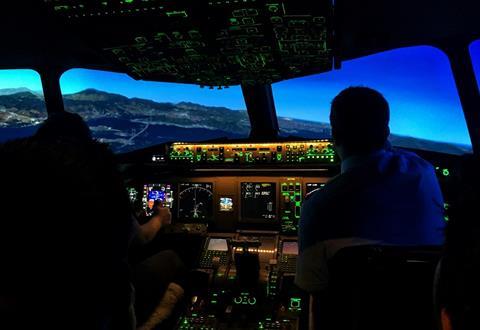European Union regulators are seeking to establish common electronic licensing standards for pilots and other aviation personnel, to avoid possible problems with future compatibility and verification.
ICAO has introduced provisions allowing its contracting countries to introduce electronic-format licences, which can be presented on handheld personal devices.
But while increasing digitalisation has spurred interest, no EU member states issue electronic aircrew licences.
There are some “individual initiatives” in the airworthiness and air traffic control sectors, says the European Union Aviation Safety Agency, but they “do not follow common standards”.
“If not addressed in the future, the current situation may lead to significant differences and a global lack of interoperability,” it adds.

Absence of regulatory measures and harmonised requirements could cause difficulties for ramp inspectors to verify third-country electronic personnel licences.
EASA adds that, if EU states are left to develop their own tools to issue such licences, a proliferation of divergent tools could emerge with a consequent risk to interoperability.
It has proposed introducing licences in electronic format in a “co-ordinated manner” across aviation personnel domains, stressing that the lack of an integrated approach could result in certain domains “falling behind”.
EASA says its role will involve setting “robust” technical requirements for display and verification, while enabling market providers to develop IT solutions which align with common technical standards.
“Implementation of [this] option would ensure transposition of the [ICAO electronic licensing] standards…into the EU regulatory framework, promote cross-border licensing interoperability, facilitate personnel and business mobility, and enhance digital interactions in line with the broader EU strategy for digital public interoperability,” it adds.


























